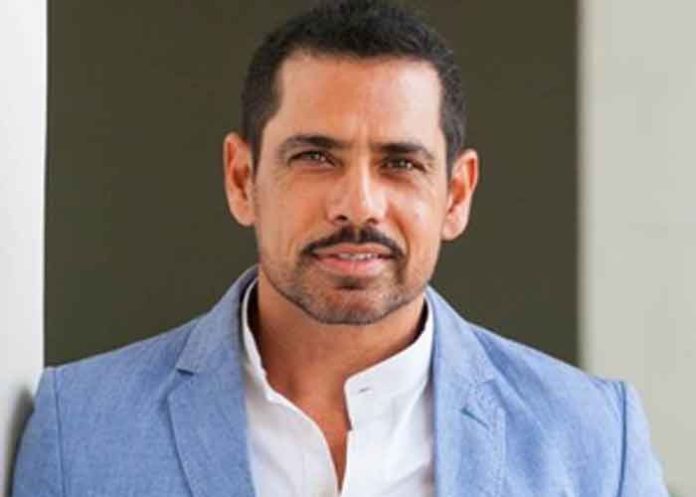Agents and Their Growing Influence In the evolving landscape of college basketball, the introduction of name, image, and likeness (NIL) rights has given rise to a new and increasingly powerful influence: the agent. Where traditional recruiting emphasized relationships between coaches and players, agents are now emerging as pivotal figures, steering recruits based on financial incentives. According to Paul Biancardi, ESPN’s recruiting director, these agents, often referred to as “street agents,” wield substantial leverage, turning relationships once built over months or years, into transactions.
The Shift from Relationships to Transactions The involvement of agents has led to a shift in the collegiate recruiting arena. Many coaches express frustration over the lack of transparency and transactional nature of contemporary recruiting. Veteran figures like former Duke coach Mike Krzyzewski and others have exited the profession, citing the complexities introduced by NIL.

The traditional draws of coaching staff relationships, educational opportunities, and player development are now overshadowed by monetary agreements brokered by agents. Questioning the “Best Fit” Biancardi highlights a concerning trend where recruits prioritize financial gains over the right fit for their development as athletes and individuals. This shift often results in regrets, with players implying dissatisfaction when financial factors dominate their college decisions.
As Biancardi notes, considerations such as social and academic integration, play style, and development opportunities are in danger of being sidelined. The Consequences of Switching Schools The ease with which players can now transfer schools—up to three times during their collegiate careers—raises concerns about long-term ramifications. Frequent transfers can unravel networks vital for life beyond basketball.
As stated in Northwest Arkansas Democrat-Gazette , the short-term focus on wealth may overshadow broader career planning, networking, and educational pursuits. Sticking Through Adversity Despite the challenges posed by NIL, adversity presents an opportunity for personal growth. Biancardi encourages athletes to weather difficult situations, noting that overcoming such hardships often yields invaluable life lessons and opportunities.
By persevering with a single school through tough times, players not only mature but also potentially enhance their future prospects when sports are no longer at the forefront. A Call for Balance Ultimately, the NIL era demands a careful balancing act. Prioritizing immediate financial gain may seem tempting for young athletes; however, aligning with an institution and community that fosters both athletic prowess and personal development remains crucial.
For those navigating the often turbulent waters of college basketball recruiting, establishing enduring relationships, and finding a “best fit” that transcends finances, can provide enduring rewards..
Technology

NIL's Impact: Balancing Money with Meaning in College Basketball

As money pours into college recruiting via NIL, finding the best fit for players means looking beyond the dollar signs and remembering long-term goals.














